In rhinoceros palace gallery rhinoceros a Roma, with the artistic line of Raffaele Curi, a visionary experience arrives from outside the building where, thanks to a great projection, visitors enter by immersing themselves in the sea. The enchantment of Venice, ancient and futuristic city, sacred and licentious, enchants Rome with Carnival desire, the exhibition experiment created thanks to the contents provided by Querini Stampalia Foundation di Venezia, which can be visited from 15 dicembre al 30 April with free entry in via del Velabro 9A, negli spazi di rhinoceros, the cultural center overlooking the Arch of Janus, conceived by Alda Fendi and designed by Jean Nouvel.
After the Pollaiuolo of the Uffizi, Michelangelo, El Greco and the Picasso from the Hermitage and the Picasso from the Intesa San Paolo Collections, the Alda Fendi Foundation – Esperimenti immerses itself in a daydream of Venice, full of varied suggestions, orchestrated in a crescendo aimed at evoking the role of crossroads of cultures that the Serenissima has held in history and in the collective imagination.
FROM MOSE TO GIOVANNI BELLINI, PASSING THROUGH GOLDONI
In the fantasy of a permanent carnival imagined by Raffaele Curi, which does not follow the logic of calendars and the alternation of the seasons but inhabits an exceptional time (although historically the Carnival began in Venice on 27 December!), everything is possible: even dive into the sea while remaining perfectly dry. This is what happens at the entrance ofrhinoceros, thanks to a projection that envelops the building in the waves, without wetting the audience. It's the same magic that does theMose, the Electromechanical Experimental Module which, by operating a system of mobile dams, saves Venice from high water, an engineering feat applauded throughout the world for its effectiveness. The Mose is also the artistic protagonist inside the building: at the beginning of the exhibition itinerary a video installation sees him dancing to the notes ofCenerentolaby Gioacchino Rossini, in a perfect correspondence between Rossini's highs and lows and the flow of the tides. The sea lulls the desire for an off-season carnival and, from the technological advances of the present, we move on to the glories of Venice of the past, and then project ourselves towards the art of the future.
A tribute to Carlo Goldoni, spread across all exhibition levels of the building, resonates with Fellini echoes. On the one hand, the titles of the playwright's comedies become the subject of a sound installation that makes the rainbow of colors of Harlequin's dress bounce off the walls, while the voices of the play resoundOne of the last evenings of Carnival, on the other, the sequence of the mechanical doll taken fromCasanova by Federico Fellini, with Nino Rota's music filling the environment. The vision of Donald Sutherland's face, protagonist of the film 1976, it multiplies prospectively in the installation inside the black shaft.
Fiction or reality? Original a copy? The questions resonate along the exhibition itinerary imagined by Raffaele Curi.The heart of the experiment is the citation of the great Venetian pictorial tradition with the works of the Querini Stampalia Foundation. After the Uffizi, la National Gallery, the Brera Art Gallery and the National Gallery of the Marche, rhinocerosgallery for the first time in Rome brings aDAW®, or a Digital Artwork created by Cinello on his patent. Si tratta dian innovative technology that reproduces an ancient painting while creating a new original digital work. The visitor admires thePresentation in the Temple painted in 1460 by Giovanni Bellini and kept by the Venetian foundation. "I am the one who believes in me", Rossella Falk's voice recites around the DAW®: a joke ofThat's how it is (if you like). Therhinocerosgallery embraces the challenge of digital and new technologies that amplify the possibilities of the work of art. In this game that takes the visitor inside and outside the dimensions of dreams and illusion, in a continuous interchange between reality and its double, between the copy and the original, they compare themselvesPresentation in the Temple by Bellini with the work of the same subject painted in 1455 by his brother-in-law Andrea Mantegna, preserved at the Gemäldegalerie in Berlin. The lagoon enchantment continues, on the upper floors, with views by Gabriel Bella and Venetian scenes by Pietro Longhi, until arriving at the panoramic terrace which reminds visitors that they are instead in the center of Rome.
BLACK VENICE AND THE DRAMA OF THE LANDINGS
In occasione dell’inaugurazione della mostra, rhinoceros gallery hostsBLACK VENICE, a’action by Raffaele Curi. Using the tools of wonder and dream, the public is led to make a very current reflection on blackness and the presence of the other in contemporary society. At the center of the exhibition space stands the large rhinoceros designed by Curi (already a finalist for the Compasso d'Oro in 2020); on its back sits a lady dressed in an eighteenth-century dress, still as a statue, evocative of the famous paintingThe rhino by Pietro Longhi of 1751 of Ca' Rezzonico.
The lady's shoulders are covered with a thermal sheet. The performer is a contemporary castaway and at the same time the Madonna of a bizarre escape into Egypt. With this evocative image, the gold of sacred painting becomes very human and speaks of current events and its urgencies. However, the roles are reversed: it is a female personification of the West who is rescued and helped by those who today find themselves asking for help. In fact, a black-skinned male figure with a turban on his head acts around the lady (Re? Seer? Dry? Or exclusively support?), without ever touching her and without speaking. In silence, throughout the evening the performer is busy tracing signs on the ground: they are symbols of sharing and solidarity. While the spell is being fulfilled, the overture of theOtelloby Gioacchino Rossini, interspersed with a quote fromOtello William Shakespeare who begins with words: “The Moor of Venice is frank and loyal”. After the inauguration, dell’action only the inanimate elements remain and the public finds itself in front of an installation with the rhinoceros, the thermal blanket on his back and the symbols traced on the ground.
It is Venice with its history and the joyful insurrection of its carnival that offers an important interpretation of the themes of hospitality and multiculturalism that are pressing in contemporary Western societies. Since the early Renaissance, Moors are present in the iconography of Venetian painting, morettos and black-skinned Africans, as demonstrated by the studies of Giovanna Nepi Scirè, former Special Superintendent for the Venetian Museum Complex. We are faced with people integrated into Venetian culture and society, like the nurse that Lorenzo Lotto in 1523 place in the altarpiece of Saint Lucia facing the tyrant Paschasius or the young page with a refined striped robe that Titian portrays alongside Laura Dianti. Not just slaves or servants, they can also be ambassadors to the Republic of Venice, as the protagonist of Portrait of Moro from the workshop of Domenico Tintoretto, dressed in European style, with a bundle of letters to his right that alludes to his diplomatic role. Without forgetting Shakespeare's Othello. Then in the eighteenth century "black is beautiful", as the title of an exhibition held in Amsterdam in states 2008 and as demonstrated by the splendid allegory of Africa by Rosalba Carriera and numerous works by Giambattista Tiepolo. The colored page becomes one in the eighteenth century status symbol that, with the pomp of his uniform, it sanctioned the wealth and prestige of the owners. So we find it in the painting The Moor's letter by Pietro Longhi, dressed in an elegant red tailcoat trimmed with fur, while delivering a letter to a lady. These figures from another time are reflected in the looks of the people we meet every day on the street and are the starting point of a reflection on the present, mixing the signs of art with the most pressing current issues.
INFORMATION:
rhinoceros gallery
Address: Rome, via del Velabro 9A
The exhibition is open every day from 12 to 20
Free admission.
For more information: (+39) 340.6430435 gallery@rhinocerosroma.com

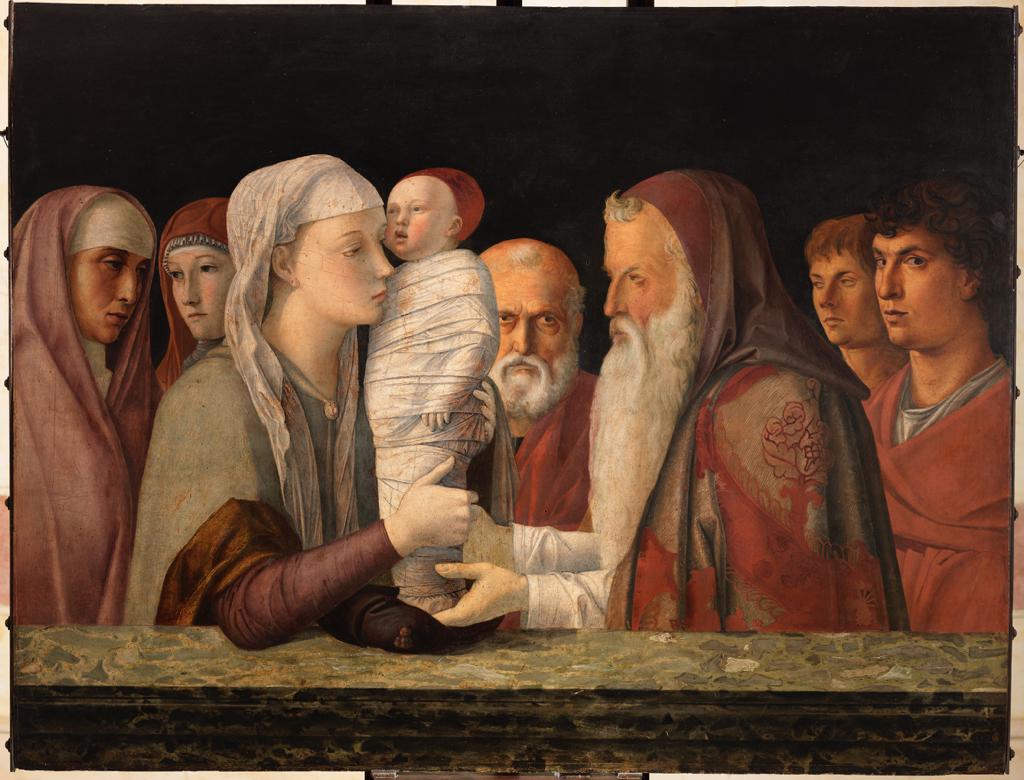

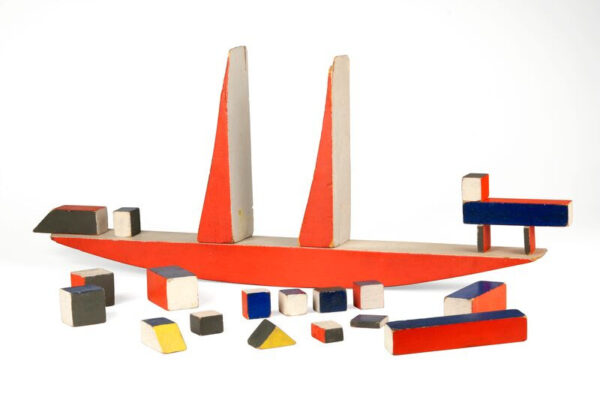
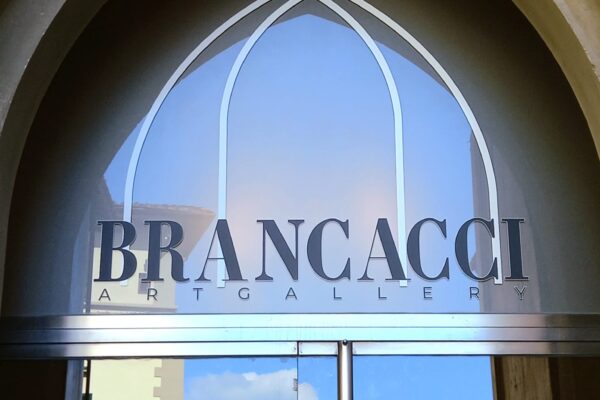


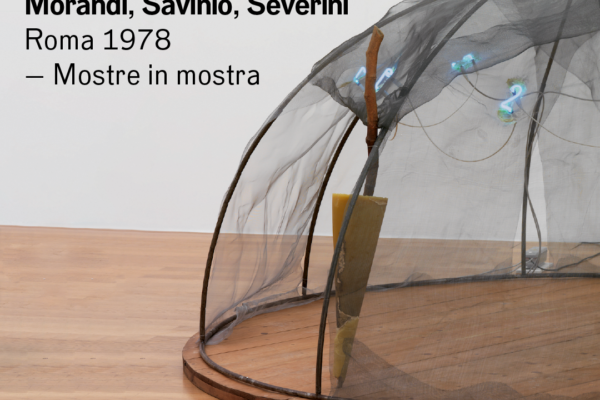
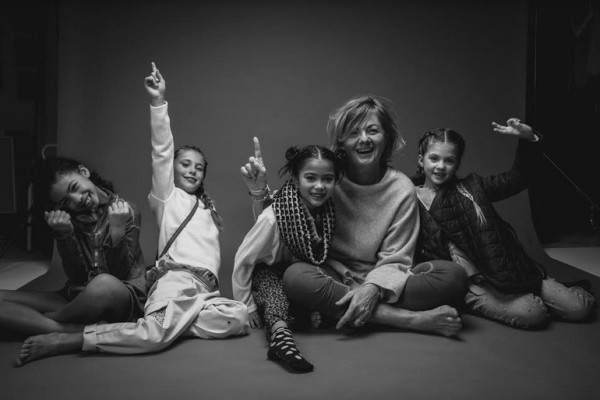
Leave a Reply